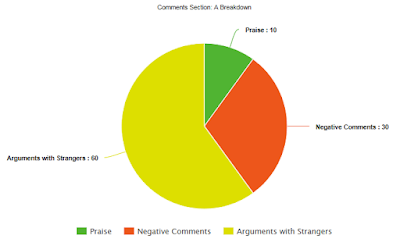L.L. Bean - Social Media Monitoring Post 1

It's an interesting time to be L.L. Bean is a century-old outdoors company based in Freeport, Maine. It is most famous for its signature "Bean Boot" and forgiving return policy. So what's so exciting about 2018, of all of L.L. Bean's years in business? Well, on February 9, 2018, L.L. Bean announced that it would be scrapping the lifetime return policy that its customers raved about. Closing the doors on this policy was a bold move on the company's part, but according to the Associated Press, over the last five years L.L. Bean has lost upwards of $250 million USD on merchandise returned to the store. Even worse is that monetary loss was only captures how many items were so damaged and worn beyond repair that the company couldn't recycle scraps for new products or donate them. For anyone who can empathize with the company's financial situation from a distance, the news is easy to swallow. But how are L.L. Bean's loyal following taking the


